Abts , C. , Boehm , B.W. , and Clark , E.B. ( 2000 ). COCOTS: A cots software integration lifecycle cost model-model overview and preliminary data collection findings . In ESCOM-SCOPE Conference , Orlando, FL, USA (18–21 February 2020). pp. 18 – 20 .
Alelyani , T. , Michel , R. , Yang , Y. et al. ( 2019 ). A literature review on obsolescence management in cots-centric cyber physical systems . Procedia Computer Science 153 : 135 – 145 .
AlOmar , E.A. , Christians , B. , Busho , M. et al. ( 2022 ). Satdbailiff-mining and tracking self-admitted technical debt . Science of Computer Programming 213 : 102693 .
Besker , T. , Martini , A. , Lokuge , R.E. , et al. ( 2018 ). Embracing technical debt, from a startup company perspective . In 2018 IEEE International Conference on Software Maintenance and Evolution (ICSME) , Madrid, Spain (23–29 September 2018). pp. 415 – 425 .
Bhuta , J. and Boehm , B. ( 2007 ). Attribute-based cots product interoperability assessment . In Proceedings of the 2007 Sixth International IEEE Conference on Commercial-off-the-Shelf (COTS)-Based Software Systems (ICCBSS'07) , Banff, Alberta, Canada (26 February–2 March 2007). pp. 163 – 171 .
Bogner , J. , Verdecchia , R. , and Gerostathopoulos , I. ( 2021 ). Characterizing technical debt and antipatterns in AI-based systems: a systematic mapping study . In Proceedings of the 4th International Conference on Technical Debt, 2021 IEEE/ACM International Conference on Technical Debt (TechDebt) , Virtual (19–21 May 2021). pp. 64 – 73 .
Clark , B. ( 2018 ). A taxonomy of tech debt . Riot Games (online).
Clark , B. and Clark , B. ( 2007 ). Added sources of costs in maintaining COTS-intensive systems. CrossTalk . The Journal of Defense Software Engineering .
Cunningham , W. ( 1993 ). The WyCash portfolio management system . ACM SIGPLAN OOPS Messenger 4 ( 2 ): 29 – 30 .
Fairbanks , G. ( 2020 ). Ur-technical debt . IEEE Annals of the History of Computing 37 ( 4 ).
Federal Acquisition Regulation (FAR), 48 C.F.R . ( 2019 )
Garlan , D. , Allen , R. , and Ockerbloom , J. ( 1995 ). Architectural mismatch or why it's hard to build systems out of existing parts . In Proceedings of the 17th International Conference on Software Engineering , Seattle, WA, USA (23–30 April 1995). pp. 179 – 179 .
Kruchten , P. , Nord , R.L. , and Ozkaya , I. ( 2012 ). Technical debt: From metaphor to theory and practice . IEEE Software 29 ( 6 ): 18 – 21 .
Kruchten , P. , Nord , R.L. , and Ozkaya , I. ( 2019 ). Managing Technical Debt: Reducing Friction in Software Development . Addison-Wesley Professional .
Lenarduzzi , V. , Besker , T. , Taibi , D. et al. ( 2021 ). A systematic literature review on technical debt prioritization: Strategies, processes, factors, and tools . Journal of Systems and Software 171 : 110827 .
Letouzey , J.-L. and Whelan , D. ( 2016 ). Introduction to the Technical Debt Concept . Corryton, TN : Agile Alliance .
Li , Z. , Avgeriou , P. , and Liang , P. ( 2015 ). A systematic mapping study on technical debt and its management . Journal of Systems and Software 101 : 193 – 220 .
Martini , A. , Bosch , J. , and Chaudron , M. ( 2015 ). Investigating architectural technical debt accumulation and refactoring over time: a multiple-case study . Information and Software Technology 67 : 237 – 253 .
Martini , A. , Besker , T. , and Bosch , J. ( 2018 ). Technical debt tracking: current state of practice: a survey and multiple case study in 15 large organizations . Science of Computer Programming 163 : 42 – 61 . ISSN 0167-6423.
Nugroho , A. , Visser , J. , and Kuipers , T. ( 2011 ). An empirical model of technical debt and interest . In Proceedings of the 2nd workshop on managing technical debt , Honolulu, HI, USA (May 2011). pp. 1 – 8 .
Rubin , K.S. ( 2012 ). Essential Scrum: A Practical Guide to the Most Popular Agile Process . Addison-Wesley .
da Saraiva , J. D. S. , Neto , J. G. , and Kulesza , U. , et al. ( 2021 ). Exploring technical debt tools: a systematic mapping study . In Proceedings of the International Conference on Enterprise Information Systems (ICEIS) , virtual (26–28 April 2021). pp. 280 – 303 .
Sierra , G. , Shihab , E. , and Kamei , Y. ( 2019 ). A survey of self-admitted technical debt . Journal of Systems and Software 152 : 70 – 82 .
Tang , Y. , Khatchadourian , R.T. , Bagherzadeh , M. , Singh , R. , Stewart , A. & Raja , A. ( 2021 ). An empirical study of refactorings and technical debt in machine learning systems . In Proceedings of the IEEE/ACM 43rd International Conference on Software Engineering (ICSE) , Madrid, Spain (22–30 May 2021). pp. 238 – 250 .
Yang , Y. , Michel , R. , Wade , J. et al. ( 2019 ). Towards a taxonomy of technical debt for cots-intensive cyber physical systems . Procedia Computer Science 153 : 108 – 117 .
Yang , Y. , Boehm , B. , and Wu , D. ( 2006 ). Cocots risk analyzer . In Proceedings of the IEEE 5th International Conference on Commercial-off-the-Shelf (COTS)-Based Software Systems (ICCBSS'05) , Orlando, FL, USA (13–16 February 2006).

